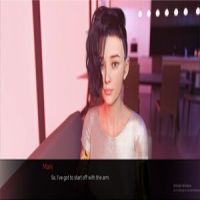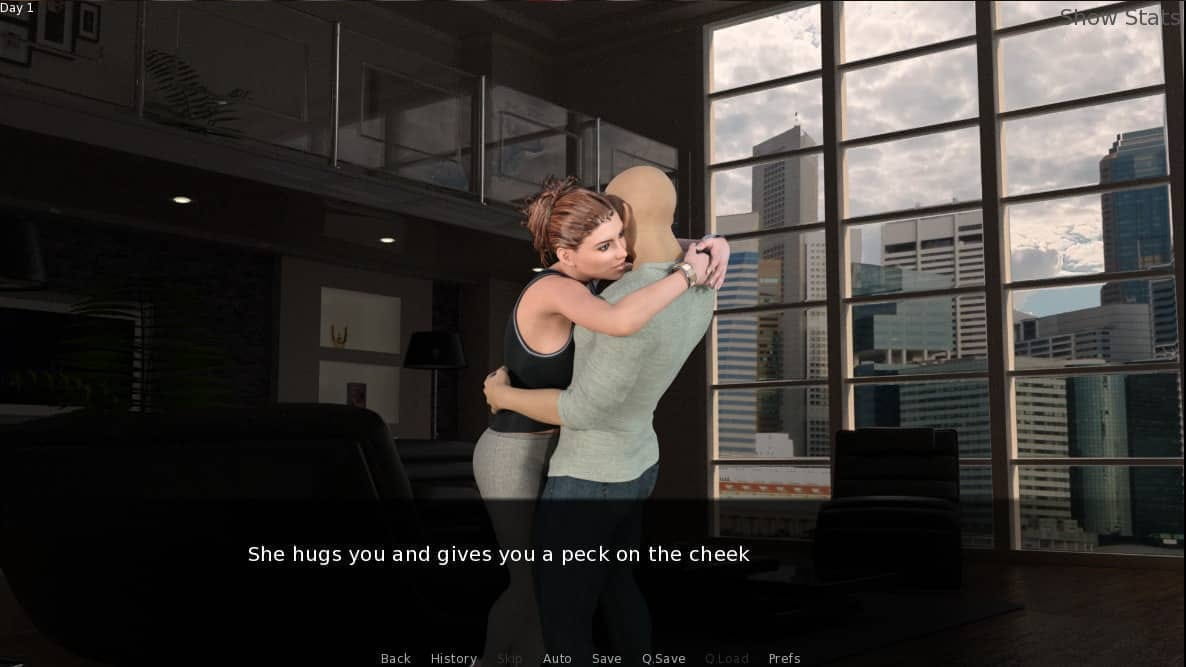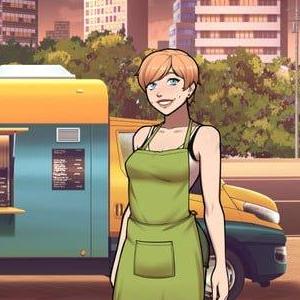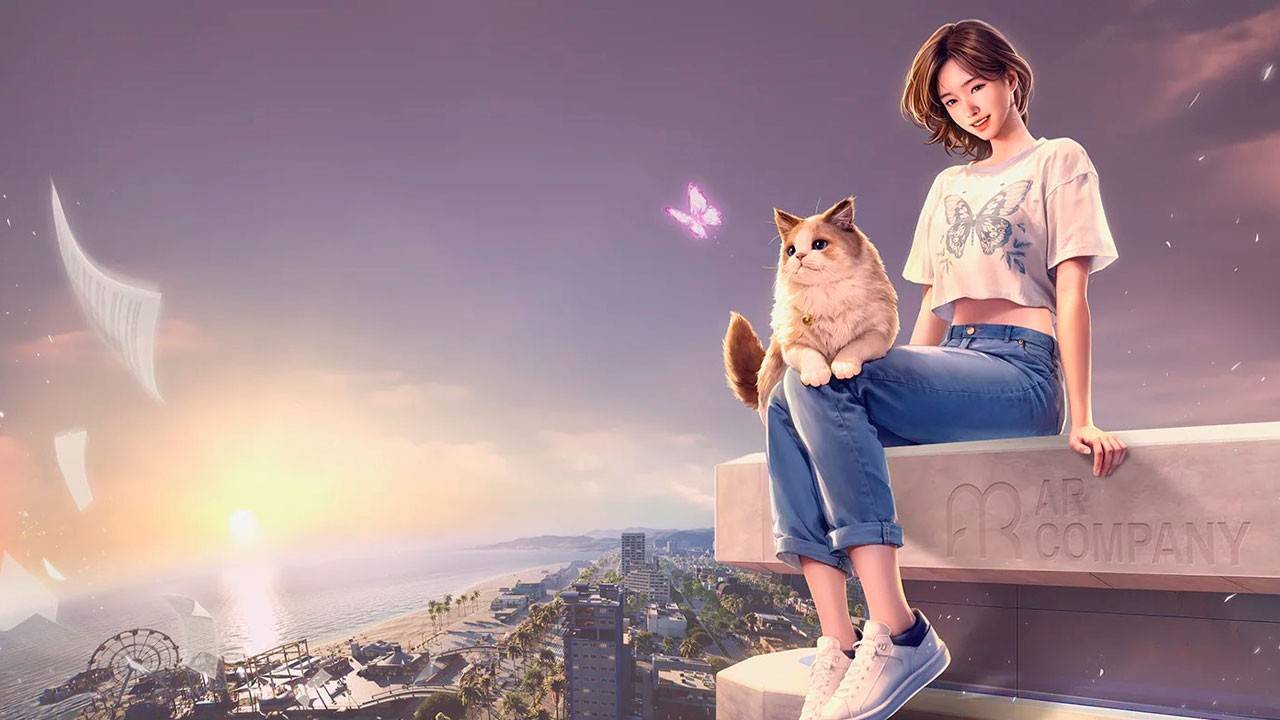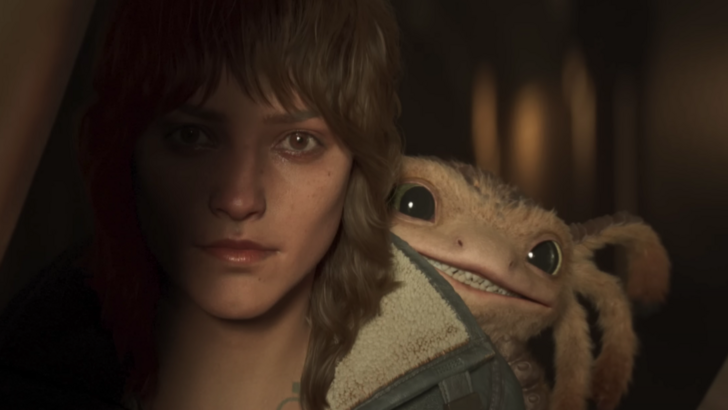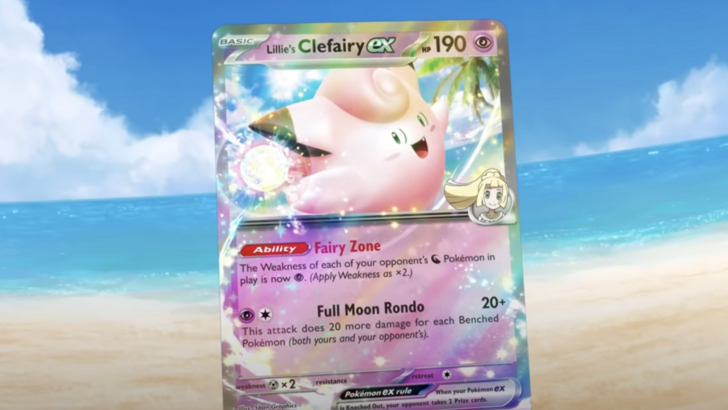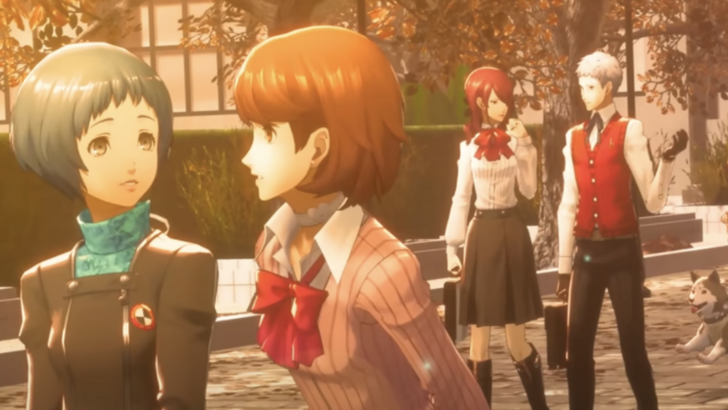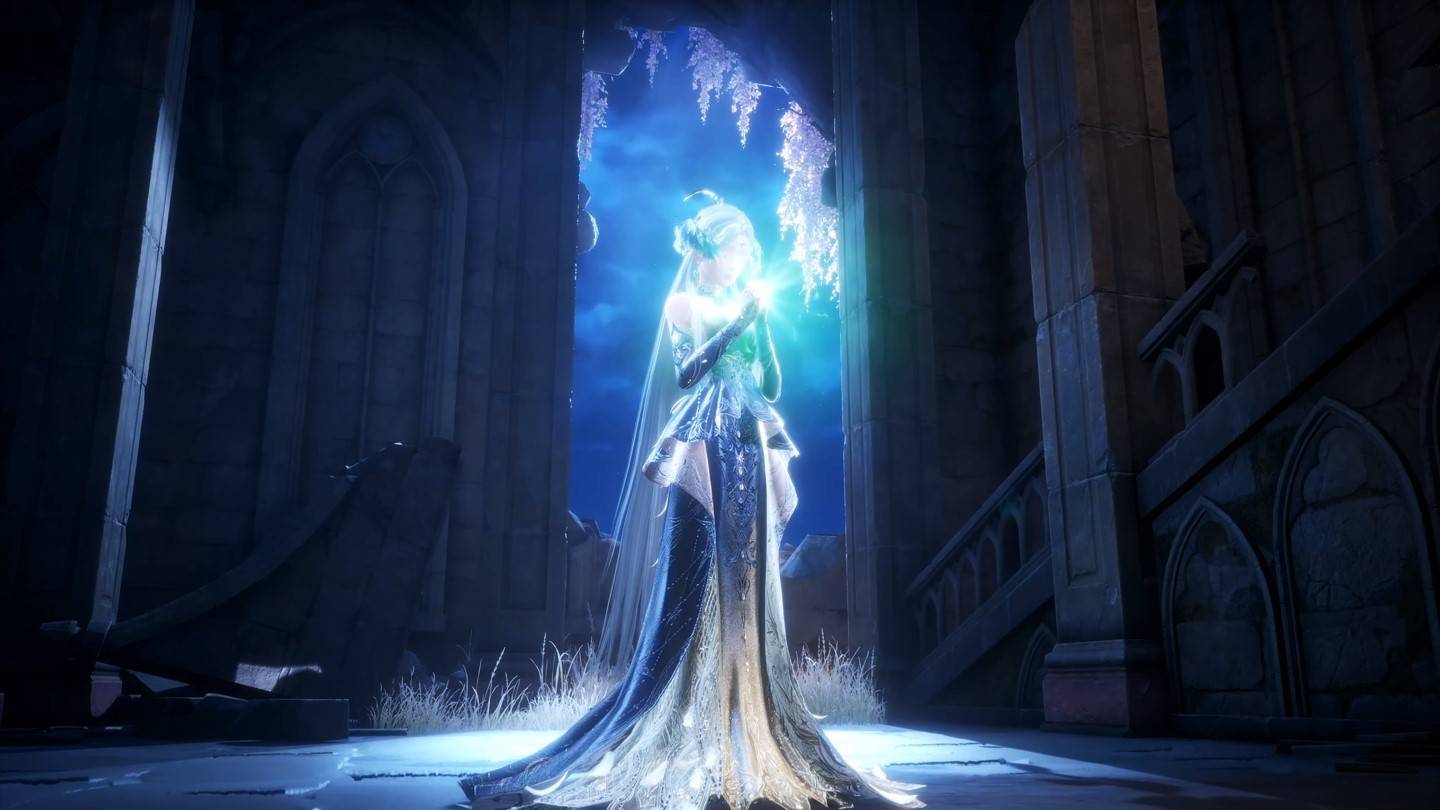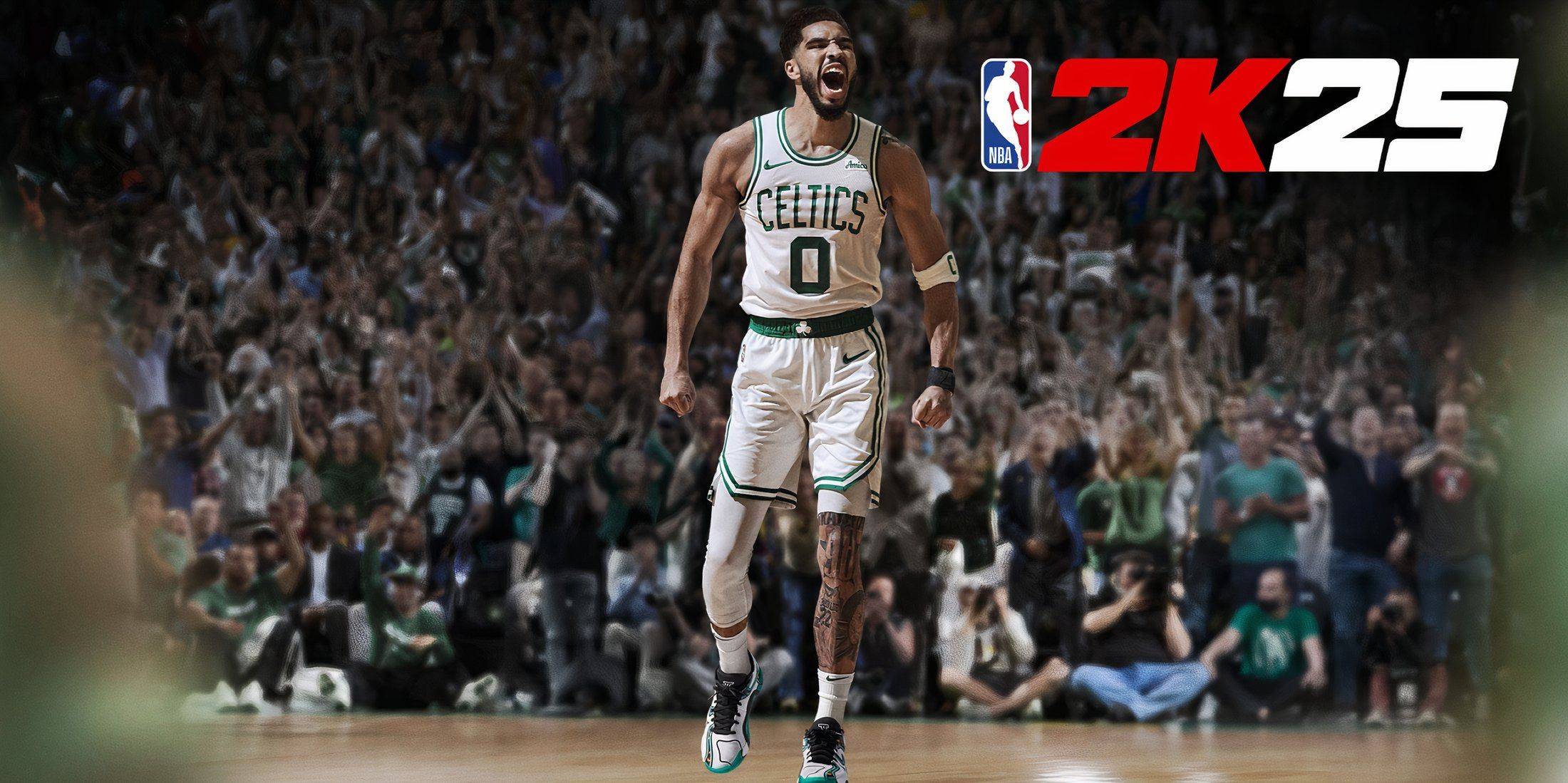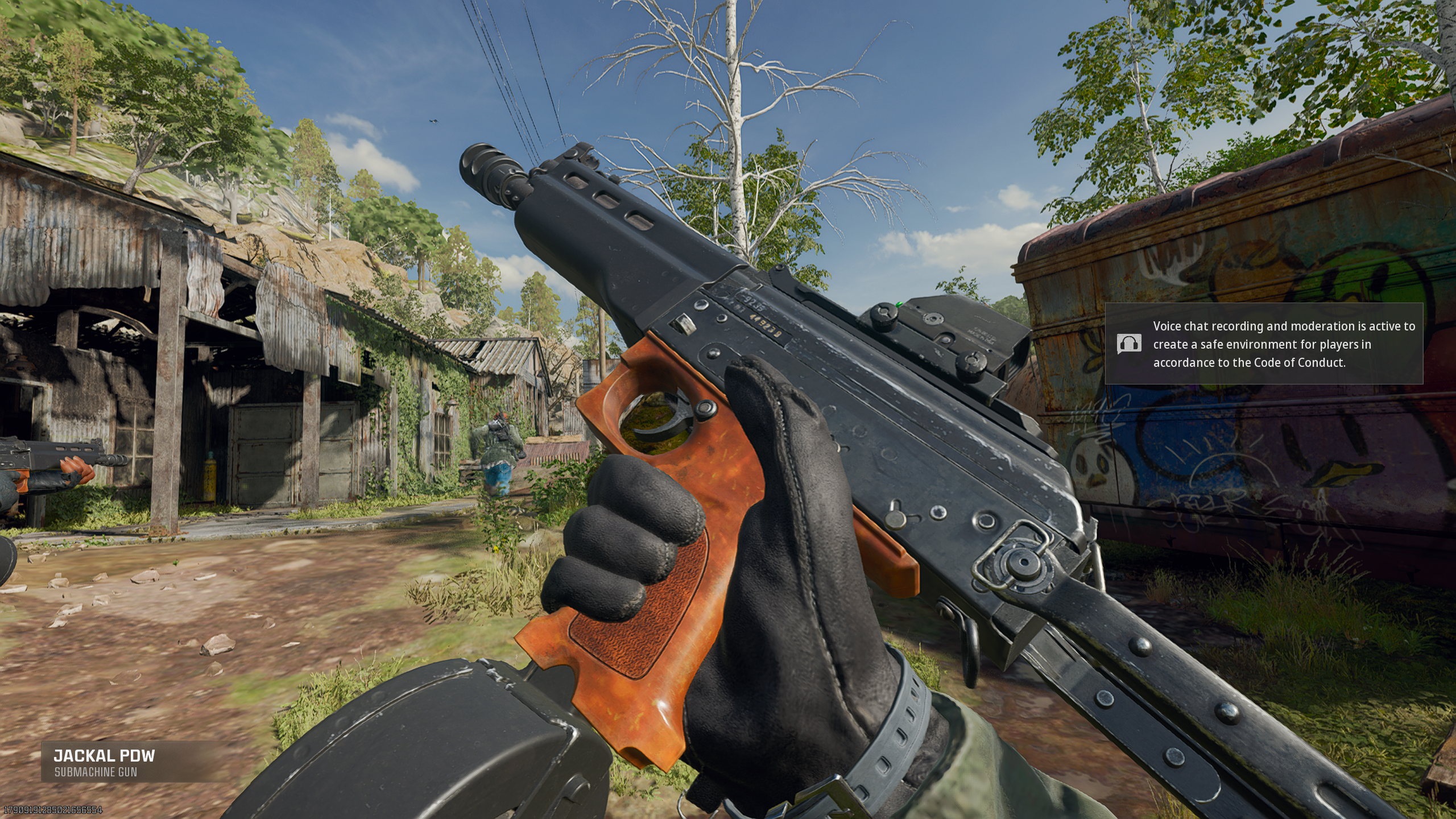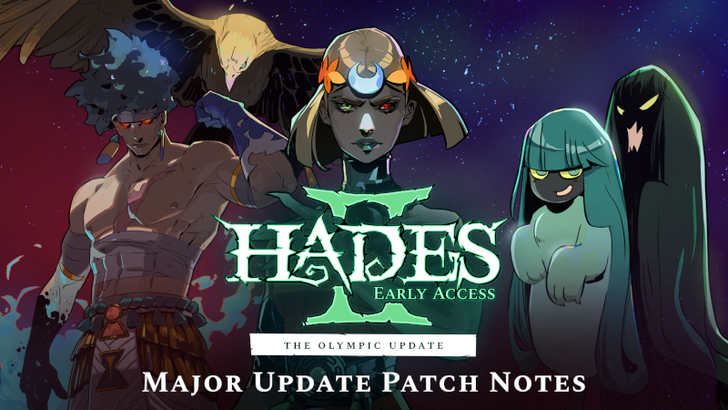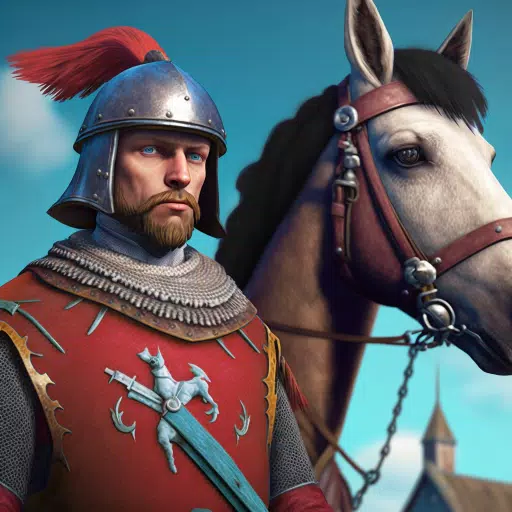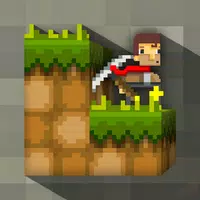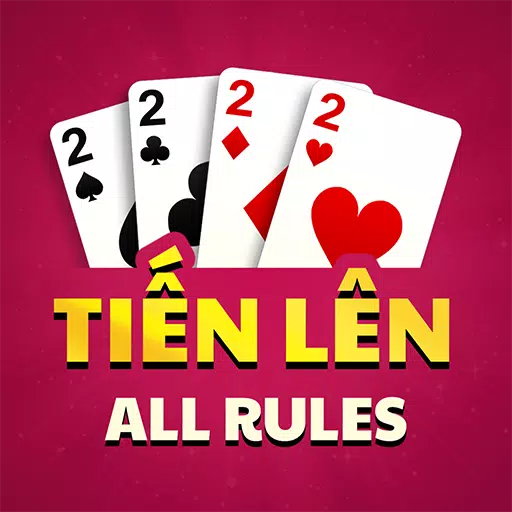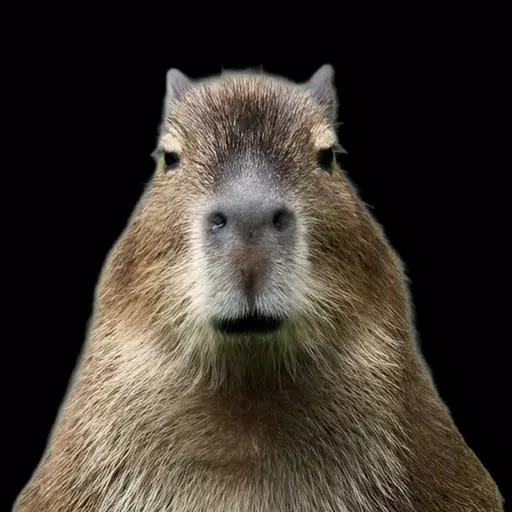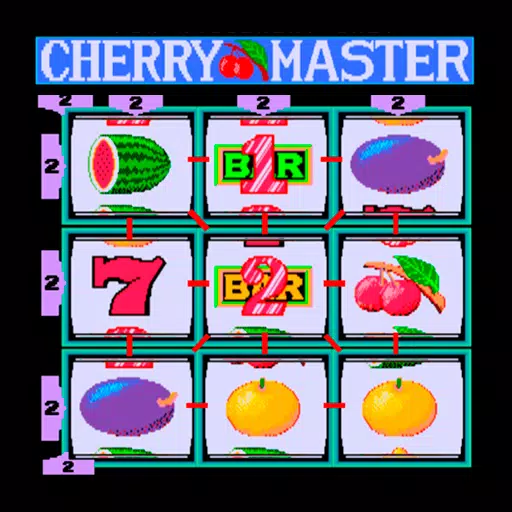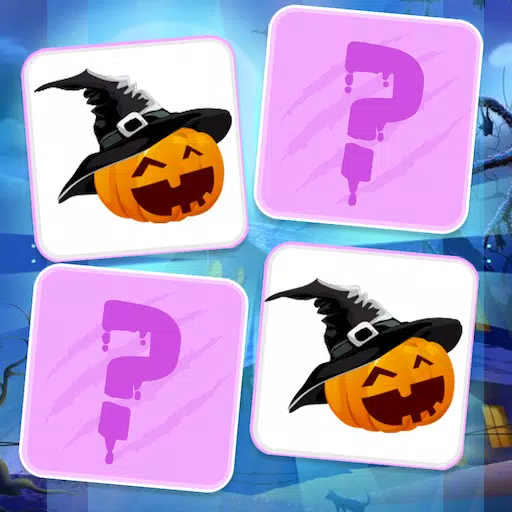The Most Terrifying Silent Hill Creatures and Their Symbolism
In the realm of survival horror games, the Silent Hill series distinguishes itself through its deep dive into the human psyche. Unlike games that primarily focus on external threats, Silent Hill uses the town's supernatural influence to manifest personal fears and traumas, creating a uniquely psychological horror experience. This approach is accentuated by the series' heavy use of symbolism and intricate narratives, which can be challenging to fully comprehend. However, the creators have thoughtfully included clues throughout the games to aid in interpretation. This article delves into the meanings behind the iconic creatures of the game, offering a comprehensive analysis. Be warned — spoilers are ahead.
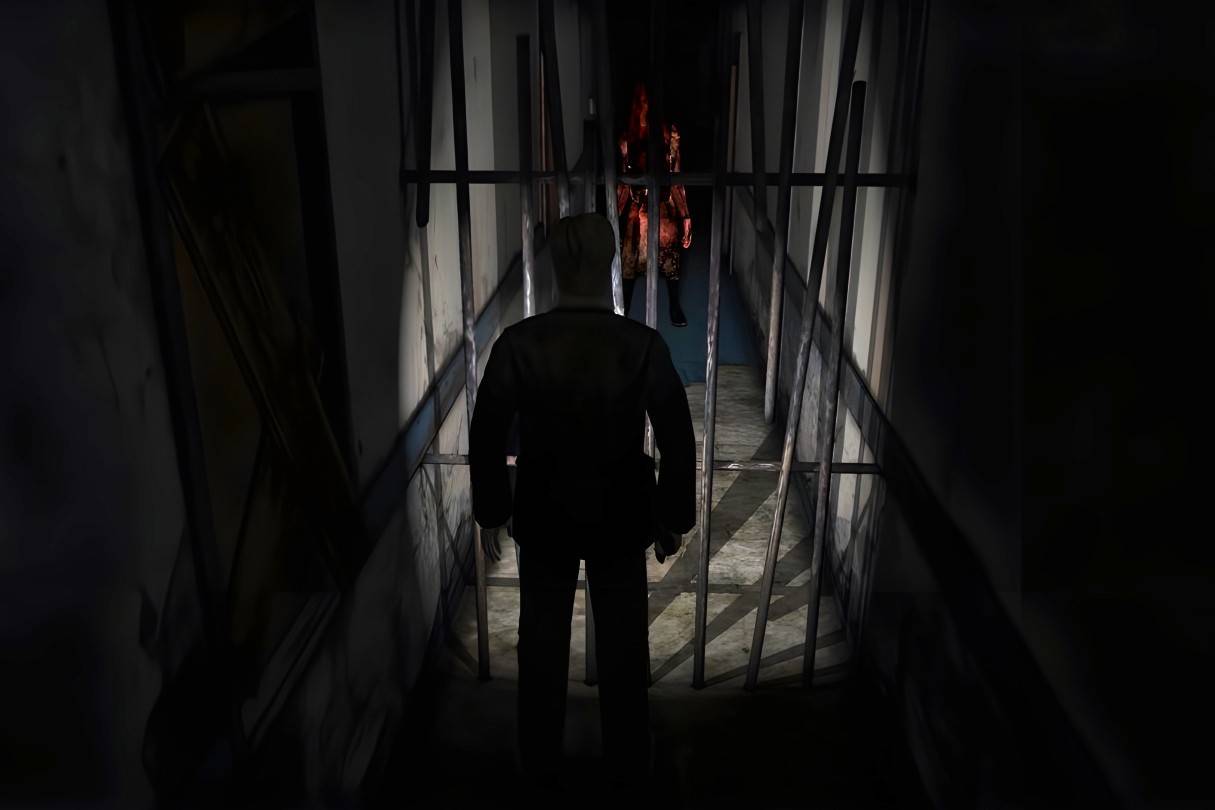 Image: ensigame.com
Image: ensigame.com
Table of Contents
- Pyramid Head
- Mannequin
- Flesh Lip
- Lying Figure
- Valtiel
- Mandarin
- Glutton
- Closer
- Insane Cancer
- Grey Children
- Mumblers
- Twin Victims
- Butcher
- Caliban
- Bubble Head Nurse
Pyramid Head
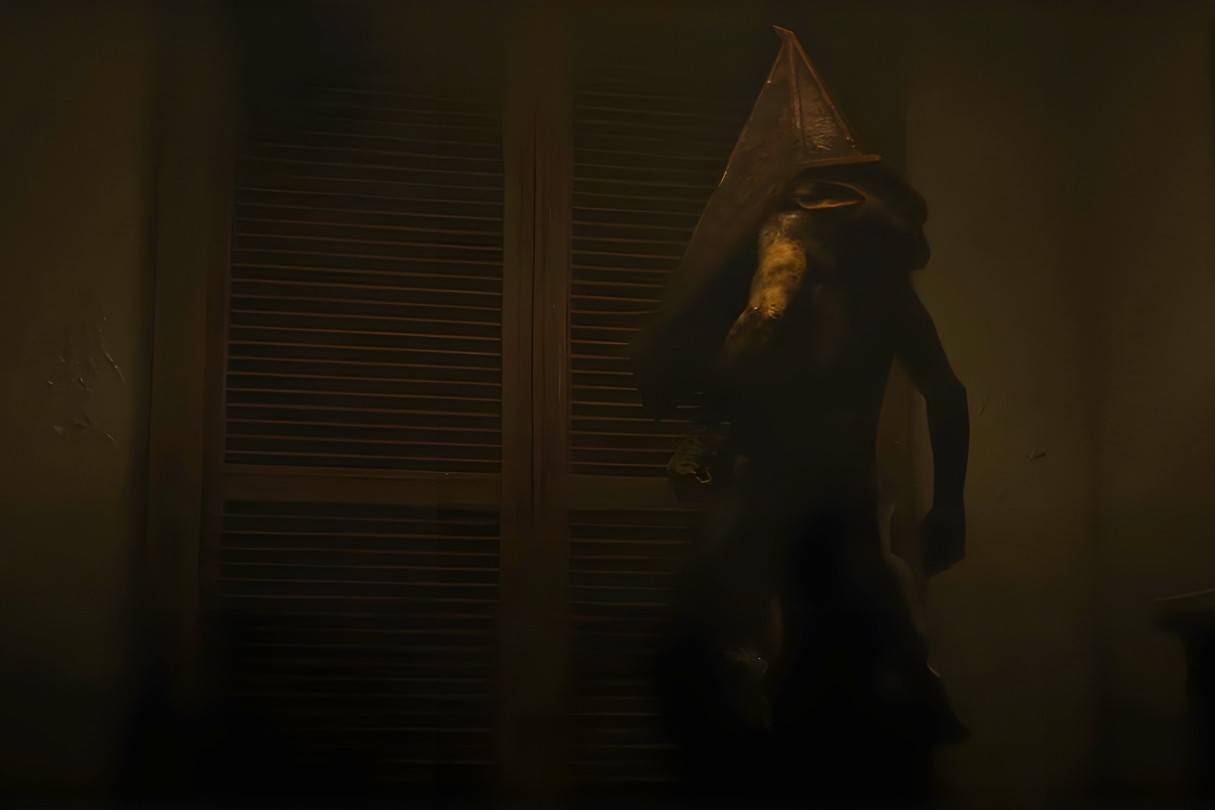 Image: ensigame.com
Image: ensigame.com
Pyramid Head, introduced in Silent Hill 2 (2001), is a haunting manifestation of protagonist James Sunderland's guilt and inner turmoil. Masahiro Ito, the character's designer, crafted its unique hand structure due to PS2 hardware limitations, ensuring expressive movement with fewer polygons. Takayoshi Sato describes Pyramid Head as a "distorted memory of the executioners," symbolizing Silent Hill's dark history of capital punishment. This creature not only punishes James but also reflects his subconscious desire for retribution, making it a pivotal element in understanding the game's psychological depth.
Mannequin
 Image: ensigame.com
Image: ensigame.com
The Mannequins, also from Silent Hill 2 (2001), are one of nine manifestations of James Sunderland's subconscious, symbolized by the nine red squares. Designed by Masahiro Ito and inspired by Japanese folklore, these creatures embody James' repressed memories of his wife Mary's illness. The leg braces on the Mannequins resemble the orthotic devices Mary used, while the tubes evoke hospital imagery. Drawing from Freud's psychoanalytic theories, they represent James' urges and guilt, adding layers to the game's narrative.
Flesh Lip
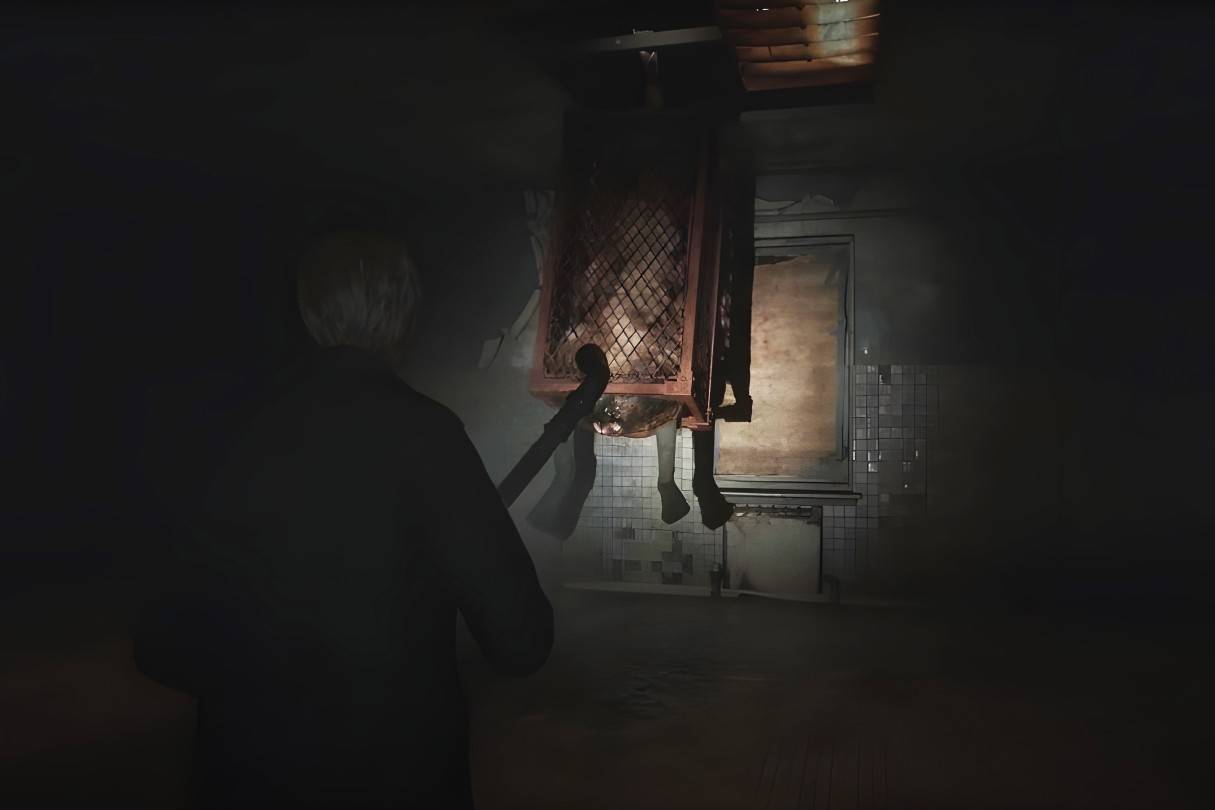 Image: ensigame.com
Image: ensigame.com
Flesh Lip, debuting in Silent Hill 2 (2001), is another manifestation of James Sunderland's subconscious. Masahiro Ito drew inspiration from Isamu Noguchi’s Death (Lynched Figure) and Joel-Peter Witkin’s Man with No Legs for its design. This creature symbolizes James' memory of Mary in her sickbed, with its hanging form and metal lattice resembling a hospital bed, and its raw, damaged flesh echoing Mary’s illness. The mouth on its abdomen represents her verbal abuse during her final days. Notably, creatures with mouths only appear after Flesh Lip, reinforcing the theme of confronting painful memories.
Lying Figure
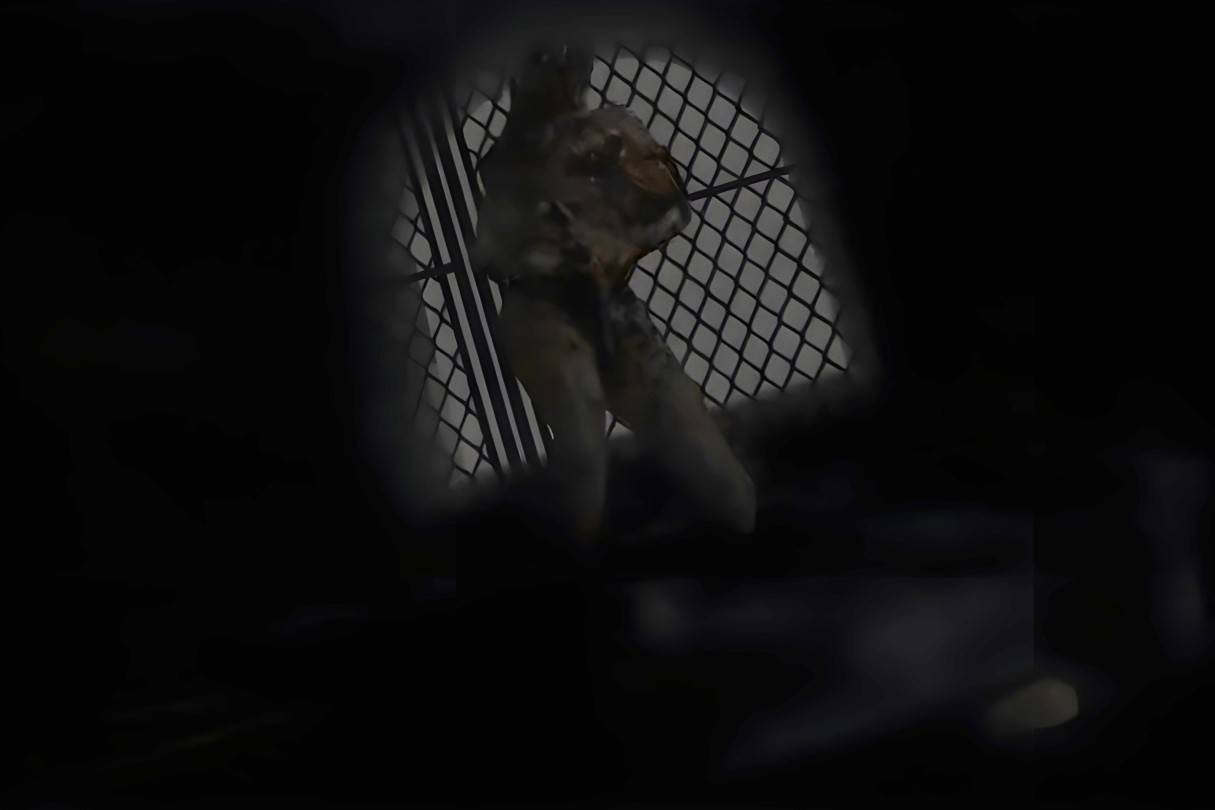 Image: ensigame.com
Image: ensigame.com
Lying Figures, introduced in Silent Hill 2 (2001), are the first creatures James encounters. They later appear in various adaptations, including films and comics. These creatures embody James' repressed guilt and memories of Mary’s suffering. Their twisted, writhing bodies resemble hospital patients in agony, while their upper torsos resemble body bags, symbolizing death. The name "Lying Figure" refers to both Mary’s sickbed and corpse, deepening the game's psychological narrative.
Valtiel
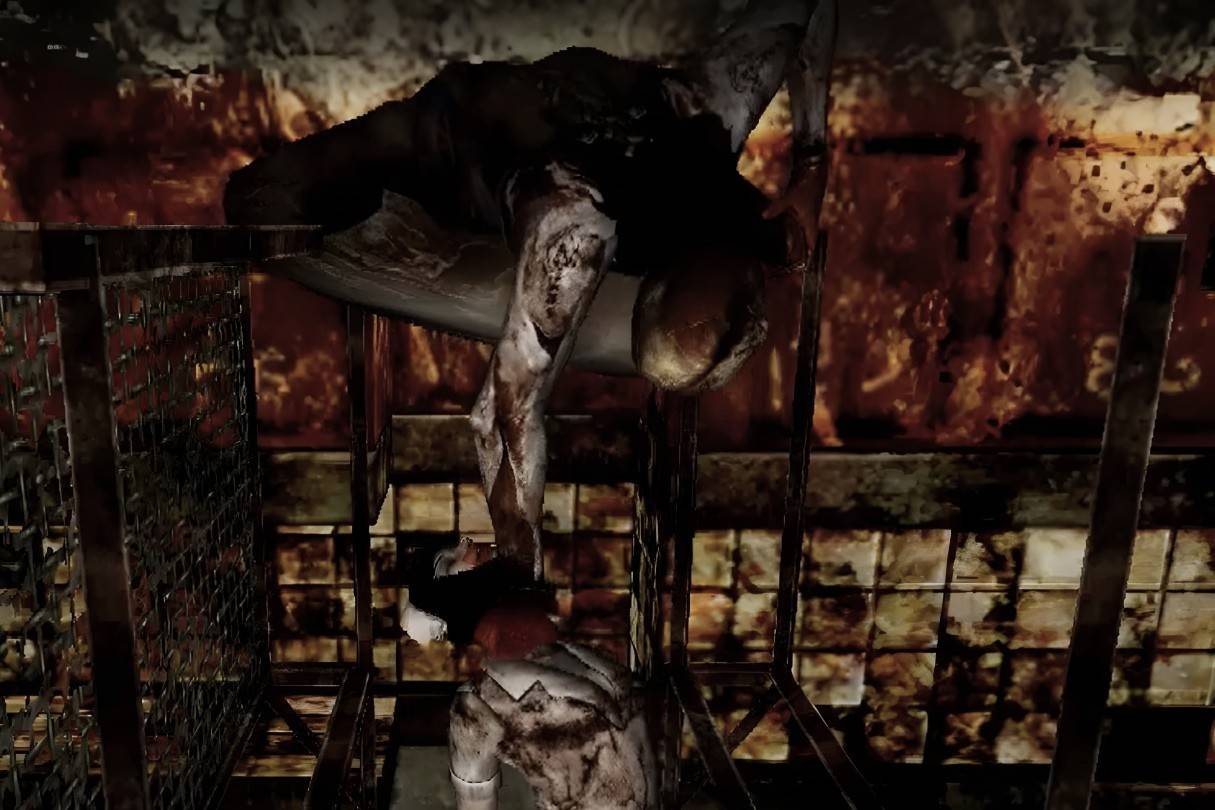 Image: ensigame.com
Image: ensigame.com
Valtiel, first seen in Silent Hill 3 (2003), is a mysterious figure linked to the town’s cult, the Order. His name, combining "valet" (French for "attendant") with the angelic suffix "-el," means "Attendant of God." Unlike most creatures in the series, Valtiel is not a subconscious manifestation but an independent being serving God. His masked, robed form resembles a surgeon, reinforcing his role as a midwife overseeing Heather’s transformation into the "mother" of God.
Mandarin
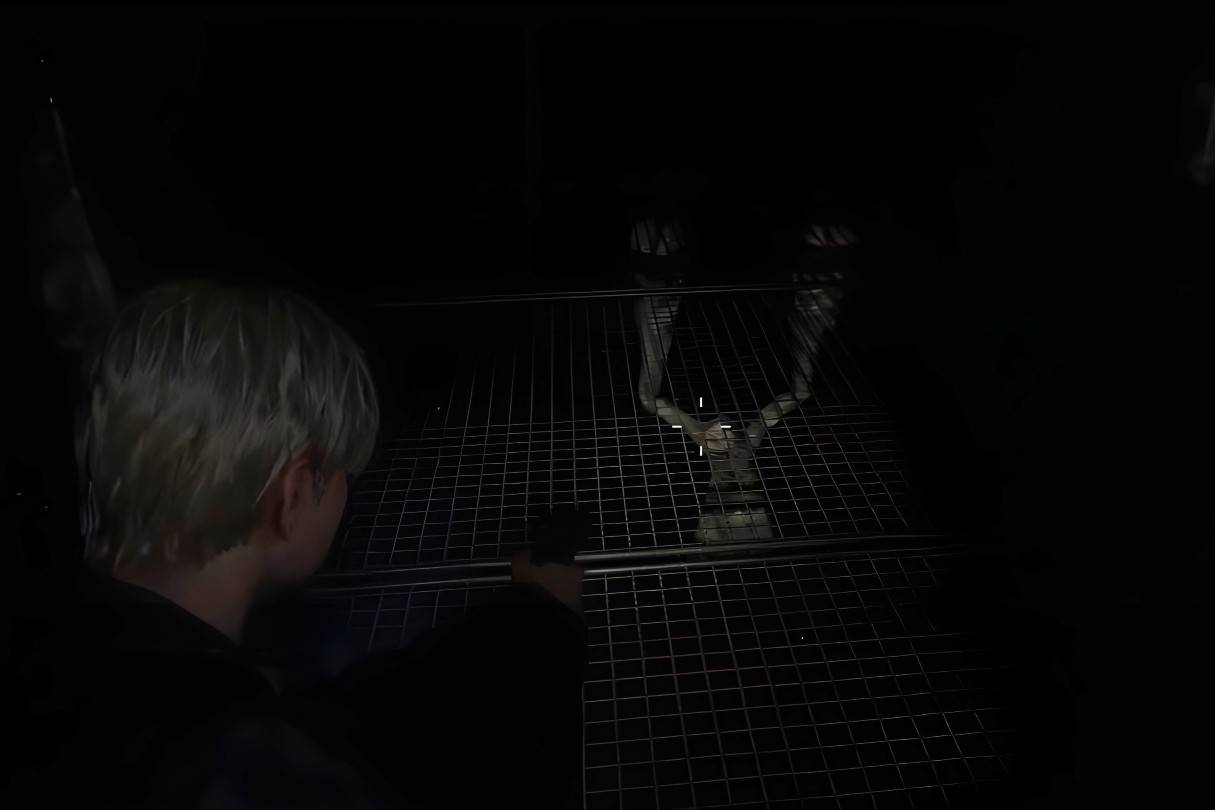 Image: ensigame.com
Image: ensigame.com
Mandarins, introduced in Silent Hill 2 (2001), are grotesque creatures lurking in the Otherworld. Suspended beneath metal grates, they attack James with tentacle-like appendages. These creatures embody James' anguish and memories of Mary’s suffering, with their orifice-like mouths aligning with the game’s recurring "mouth" motif, symbolizing Mary’s inner turmoil and anger. Their confinement below ground reflects James' subconscious desire to escape his guilt and pain.
Glutton
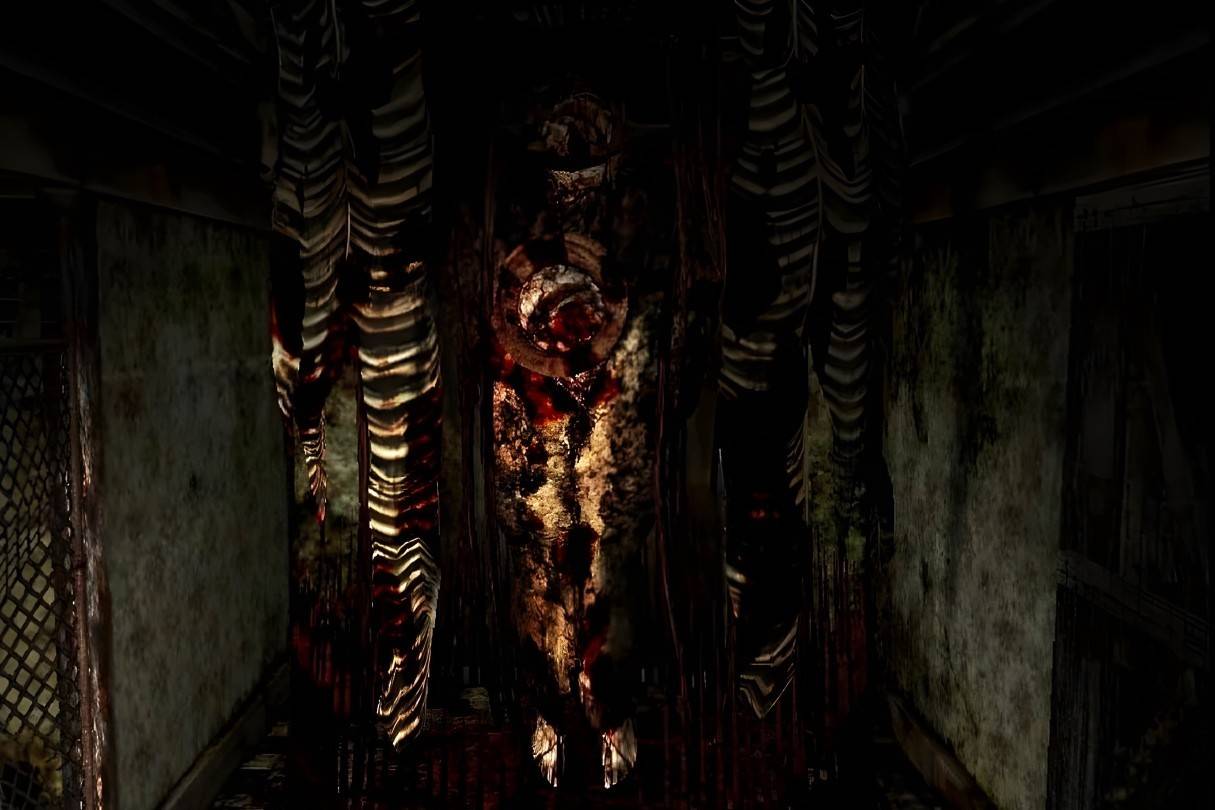 Image: ensigame.com
Image: ensigame.com
The Glutton, appearing in Silent Hill 3 (2003), is a massive, immobile creature blocking Heather Mason’s path in the Otherworld Hilltop Center. Though it poses no direct threat, it serves as a significant obstacle. Referenced in Lost Memories: Silent Hill Chronicle, the Glutton is linked to the fairytale Tu Fui, Ego Eris, where a monster devours those trying to leave their village. It symbolizes helplessness in the face of fate, mirroring Heather’s struggle. The story’s resurrected priestess parallels Heather, who, as Alessa Gillespie’s reincarnation, returns to confront her past.
Closer
 Image: ensigame.com
Image: ensigame.com
The Closer, first appearing in Silent Hill 3 (2003), is the first monster Heather Mason encounters outside her dream. She finds it feeding on a corpse in a clothing store before shooting it down. A towering figure with thick, stitched arms and twitching lips, the Closer exudes menace. It attacks with hidden blade-like protrusions, extending them like fingers. Lost Memories: Silent Hill Chronicle states its name refers to its ability to block paths, adding to its symbolic significance.
Insane Cancer
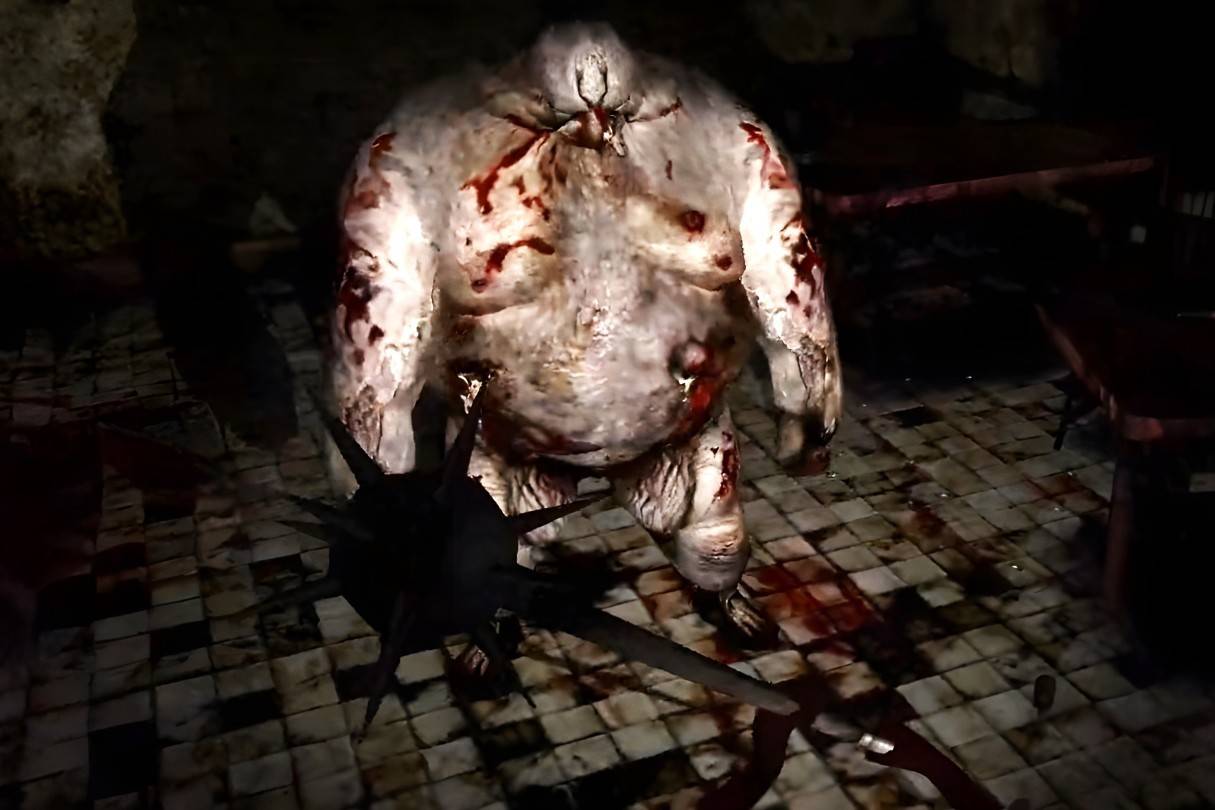 Image: ensigame.com
Image: ensigame.com
Insane Cancer, introduced in Silent Hill 3 (2003), is encountered by Heather Mason sleeping in Hazel Street Station after obtaining a shotgun. It later appears in various adaptations, including Silent Hill: The Arcade and Silent Hill: Book of Memories, where it explodes upon defeat. Described in The Book of Lost Memories as a "cancer running wild," its grotesque, tumor-like form reflects disease and corruption. It may symbolize Silent Hill’s spreading evil or Alessa Gillespie’s lingering self-loathing, seeing herself as an inescapable "cancer." The creature's deceptive mimicry of death mirrors Alessa’s condition — thought dead by many but kept alive against her will.
Grey Children
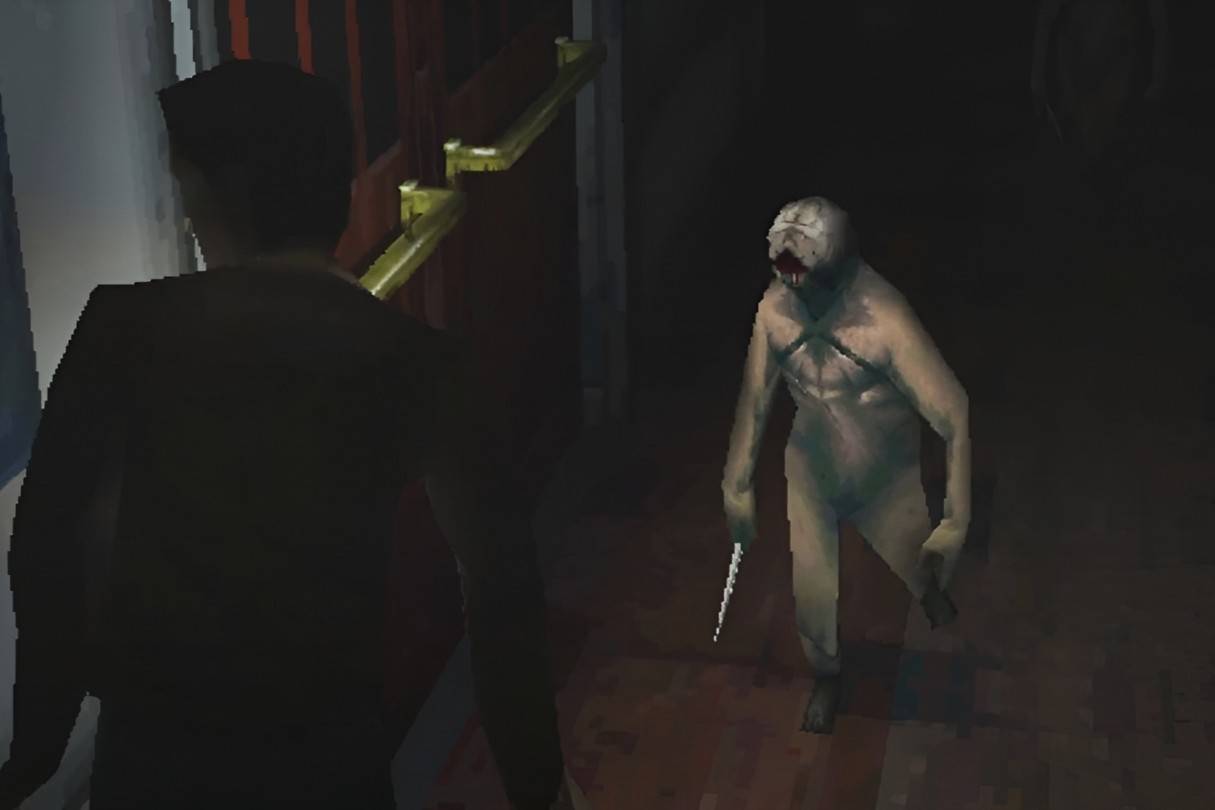 Image: ensigame.com
Image: ensigame.com
Grey Children, also called Demon Children, first appear in Silent Hill (1999). They are the first creatures Harry Mason encounters, attacking him in an alley after a shift into the Otherworld. He later faces them in Midwich Elementary School. Manifested from Alessa Gillespie’s trauma, Grey Children represent her classmates who bullied her, chanting for her to "burn" before she was immolated by the cult. Trapped in an eternal childhood, they suffer the same torment Alessa endured, appearing to burn from within as a reflection of her pain and revenge.
Mumblers
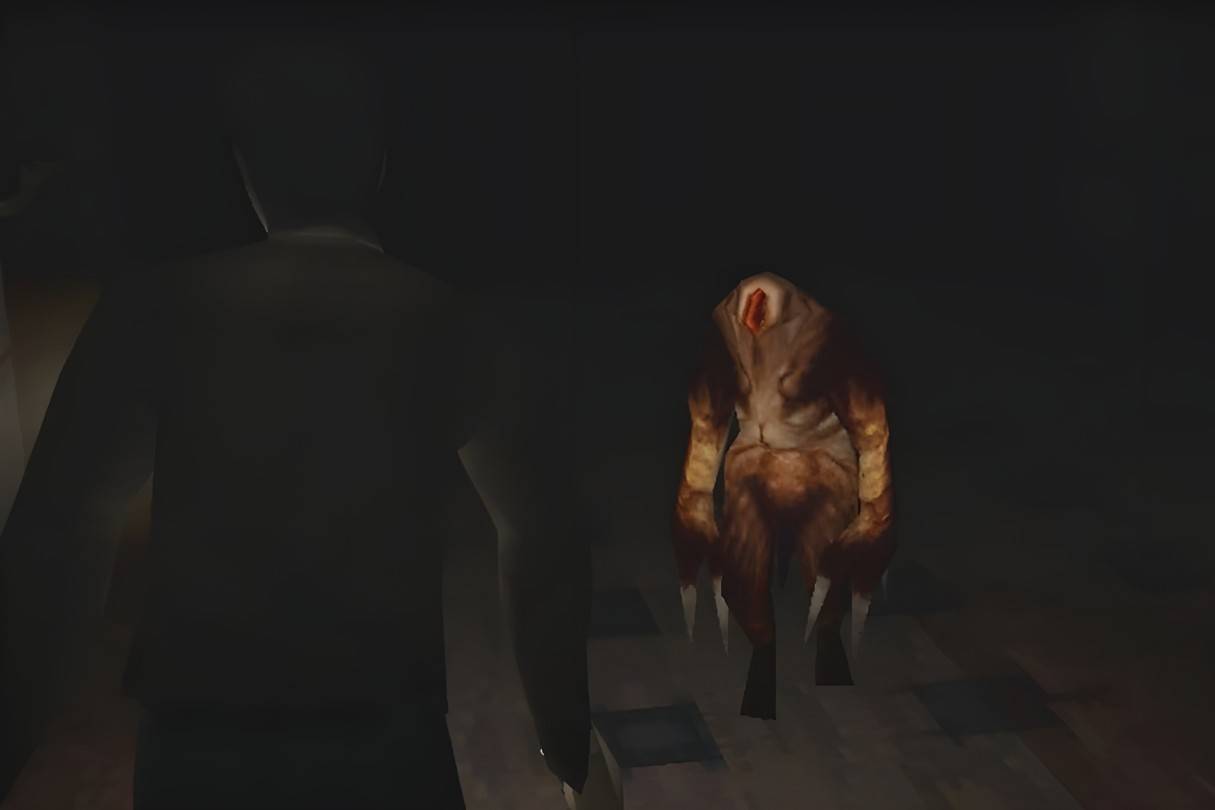 Image: ensigame.com
Image: ensigame.com
Mumblers, first appearing in Silent Hill (1999), are small, grotesque creatures that react aggressively to light and emit eerie growls upon detecting Harry Mason. These monsters embody the dark reinterpretation of menacing animals and demons from fairy tales that Alessa Gillespie read as a child, reflecting her fears and distorted imagination.
Twin Victims
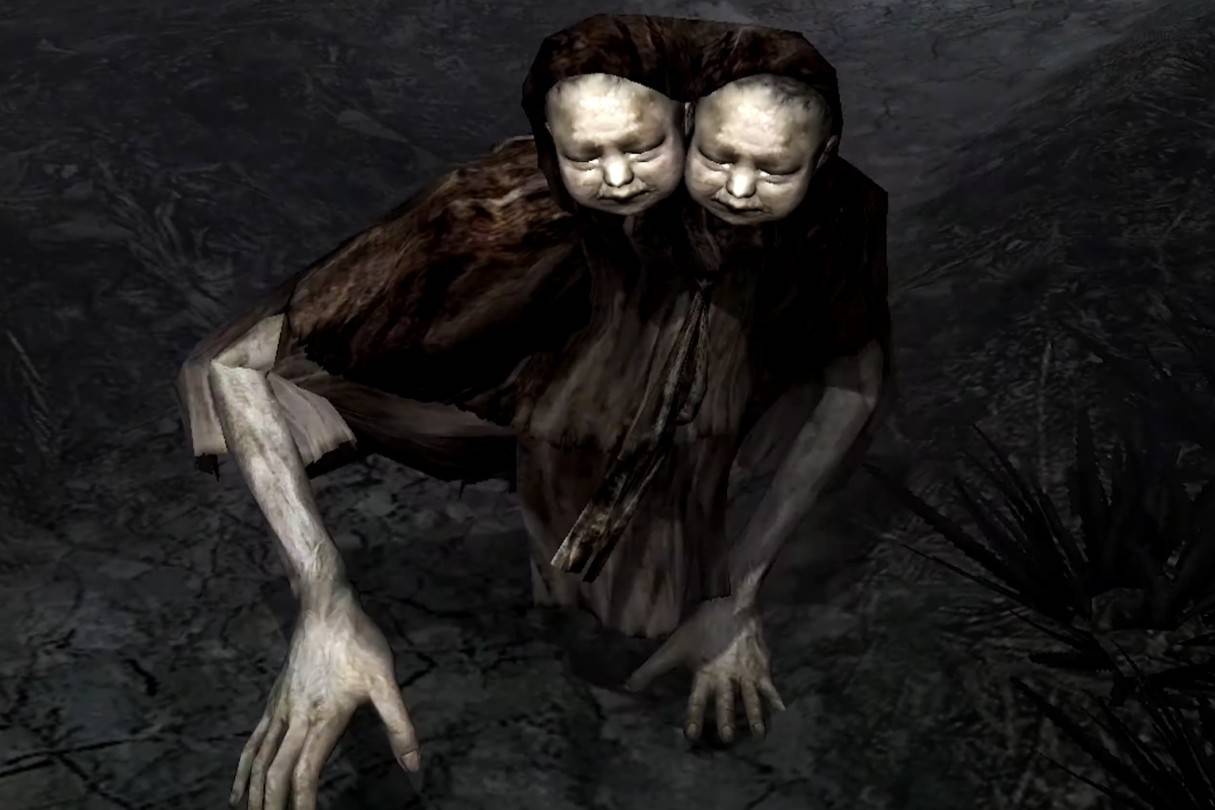 Image: ensigame.com
Image: ensigame.com
Also known as Doublehead, Twin Victims first appear in Silent Hill 4: The Room, encountered in the Water Prison. They also appear in the comic Dead/Alive. These creatures manifest Walter Sullivan’s seventh and eighth victims, twins Billy and Miriam Locane. Unlike other victims, they take monstrous form instead of ghosts. Their conjoined nature may symbolize Walter’s obsessive attachment to his mother, reflecting the game’s theme of distorted familial bonds.
Butcher
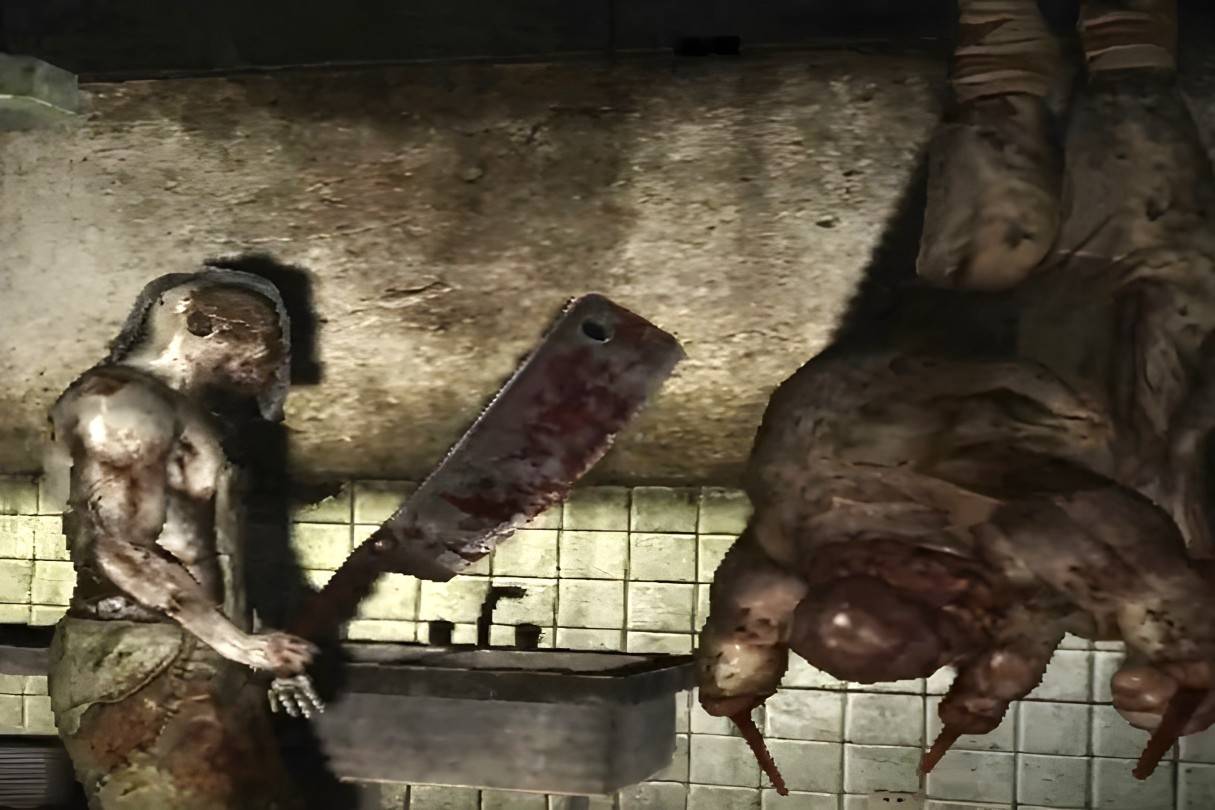 Image: ensigame.com
Image: ensigame.com
The Butcher, a major antagonist in Silent Hill: Origins, also appears in Silent Hill: Book of Memories. Representing cruelty and sacrifice, the Butcher reflects the Order’s brutal rituals and Travis Grady’s inner rage. His emotionless slaughter mirrors Travis’ potential for violence, influencing the game’s Bad ending. The blurred connection between Travis and the Butcher suggests a split personality, with the helmet symbolizing duality—one side blind yet protected, the other exposed and vulnerable. His method of killing may also symbolize repressed anger tied to personal fears.
Caliban
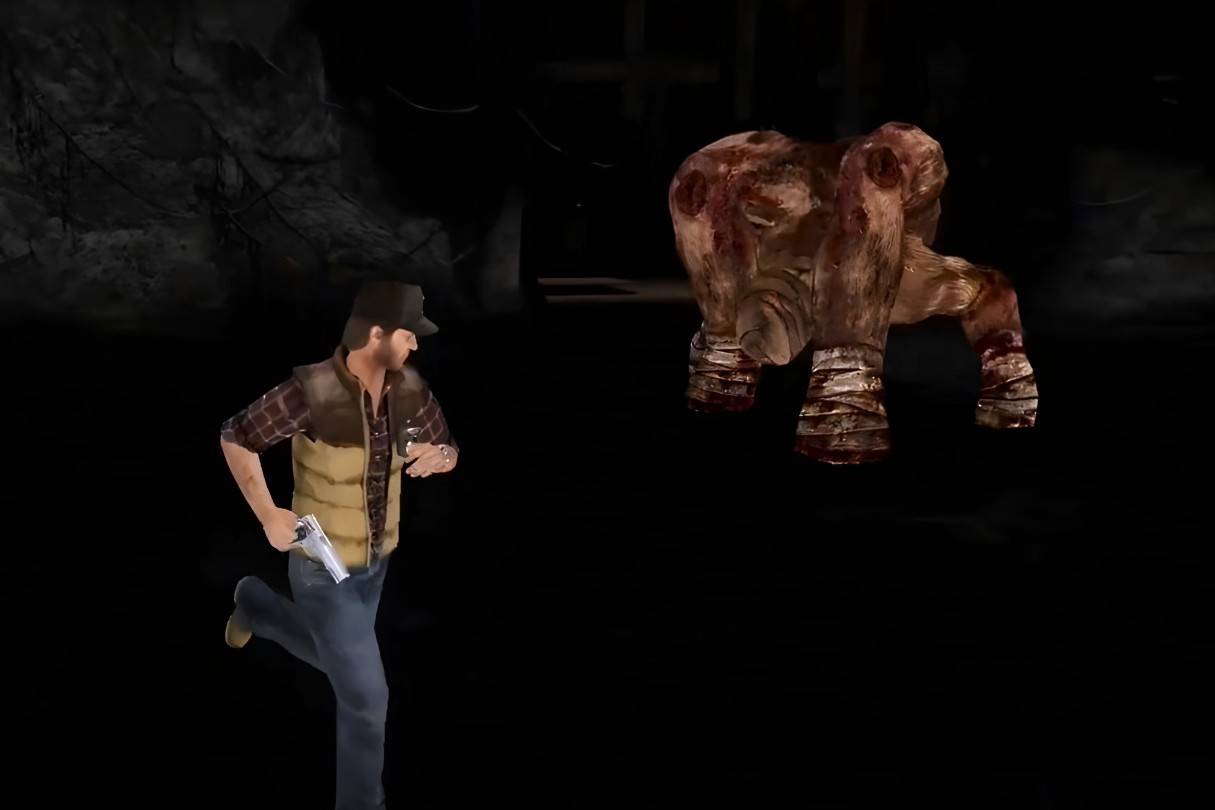 Image: ensigame.com
Image: ensigame.com
Caliban, a monster in Silent Hill: Origins, first appears as a boss in Artaud Theater. After its defeat, it roams the streets of Silent Hill and later appears in Riverside Motel and Nowhere. The creature's name comes from Shakespeare’s The Tempest, referencing a monstrous figure that frightened Alessa when she watched the play at Artaud Theater. An audio flashback in the game features one of Caliban’s famous monologues, reinforcing the connection. The monster's design and presence symbolize Alessa’s fears, particularly her fear of dogs, shaping the Otherworld’s horrors.
Bubble Head Nurse
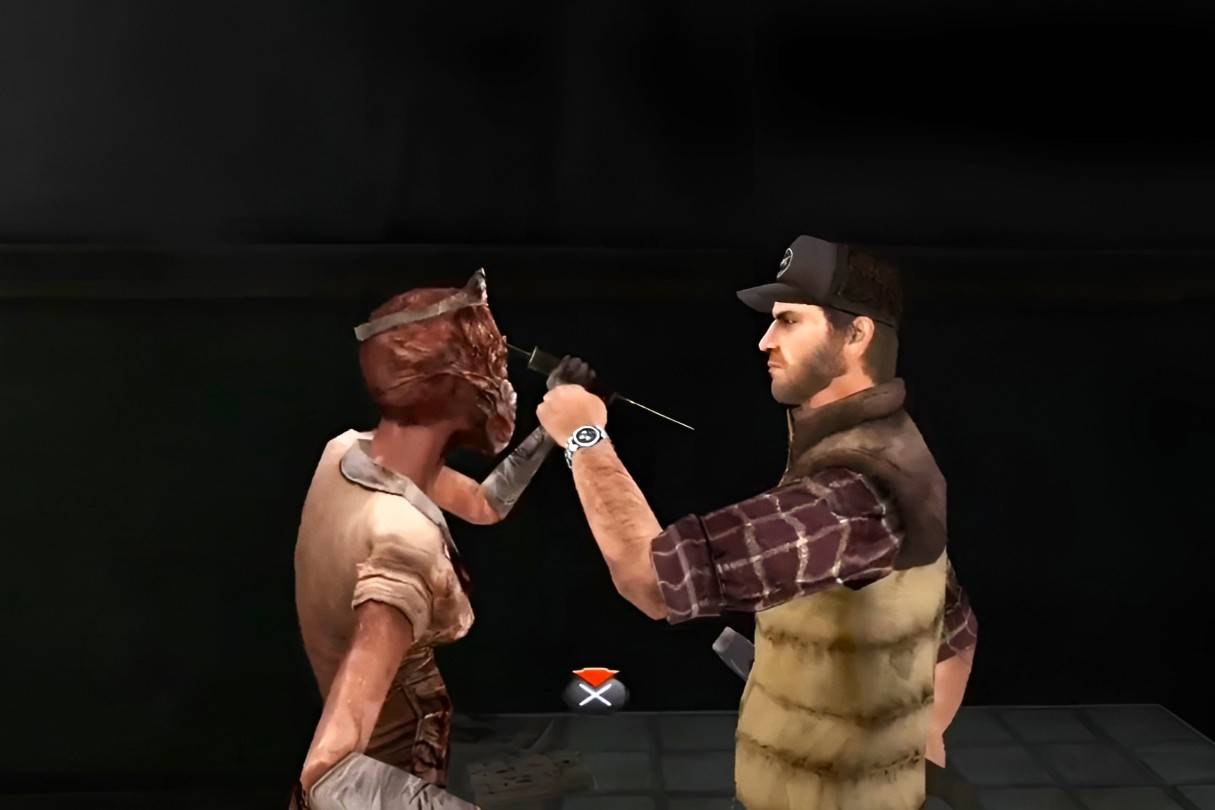 Image: ensigame.com
Image: ensigame.com
Bubble Head Nurse, a monster in Silent Hill 2, first appears in Brookhaven Hospital. It later appears in various adaptations, including Silent Hill: The Escape, Silent Hill: Book of Memories, and Bloober Team’s Silent Hill 2 remake. These creatures manifest James Sunderland’s subconscious, symbolizing his guilt and repressed desires. Their swollen, twitching heads are wrapped in liquid-filled masks, representing Mary’s illness and suffocation. The baby-like facial features allude to James and Mary’s lost dreams of having a child, while the red squares over their mouths reflect Mary’s anger and verbal abuse. An Otherworld variant, a late addition to the game, features tattered clothing, spikes, and a grotesque protrusion. Though its symbolism is unclear, it serves as a distorted reflection of Mary’s suffering.
The monsters of this foggy town serve as more than just enemies—they are psychological manifestations of fear, guilt, trauma, and repressed emotions. Each creature embodies a unique symbolism, deeply tied to the protagonist's subconscious struggles and the town’s dark influence. From James Sunderland’s guilt-driven hallucinations to Alessa Gillespie’s nightmarish creations, these monsters reflect personal suffering and psychological torment. Their haunting presence reinforces a signature blend of psychological horror, making the series a masterpiece of unsettling storytelling and deep symbolism.
Latest Articles


